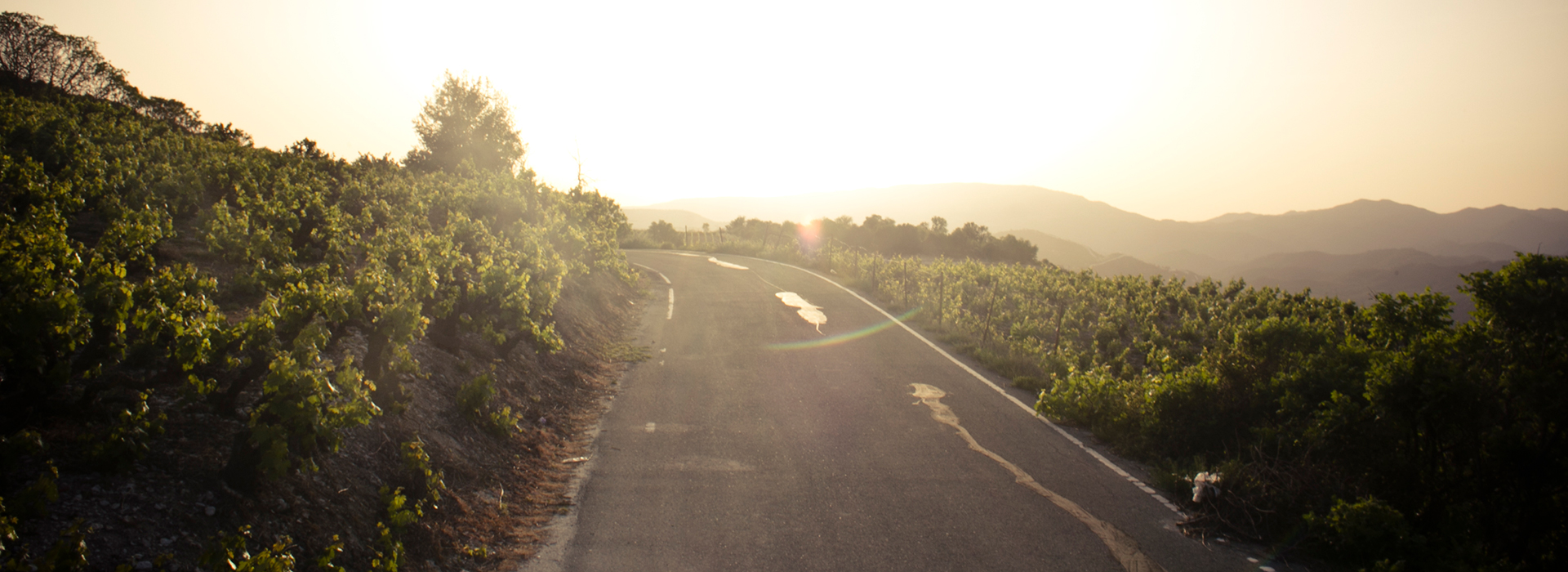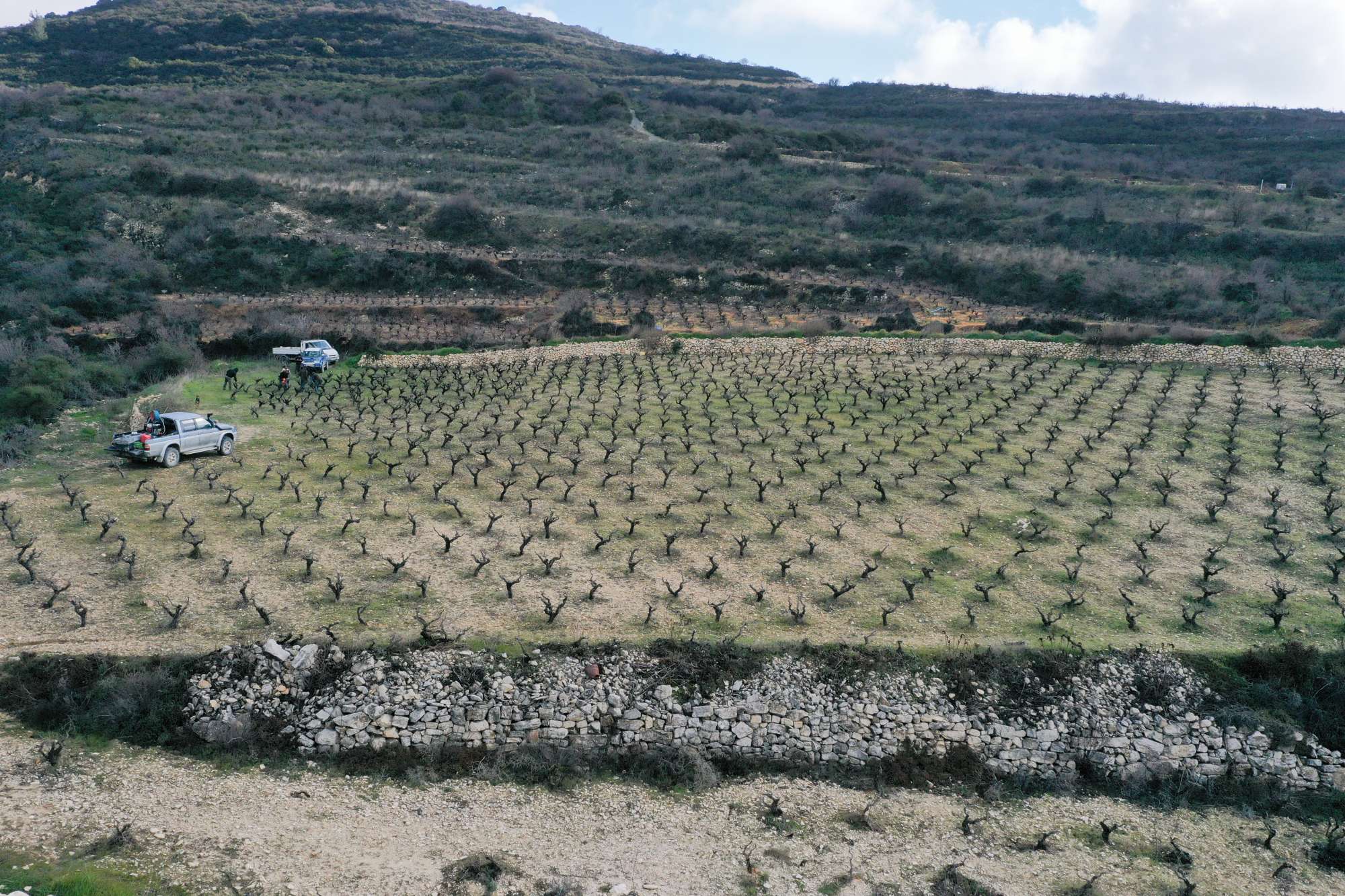The importance of vineyard pruning
Winter at Zambartas Wineries. Pruning season
Beating the weather
Winter might seem a quiet period at the winery, and this year is definitely quieter than others. Marcos spends time in the cellar, working on the blends and preparing new wines for bottling. The hospitality team is having a small break and the office catches up with paperwork.
And although seemingly quiet, it is also a period in which crucial work in the vineyard takes place, ensuring a good crop during the coming season. Our vineyard team is the hardest working and most crucial part of the winery operation during these weeks. They get up early, defying the cold and wet, putting on their work boots to embark on a patience defying and meticulous job; vineyard pruning.
While experiencing the biting winds coming from the snowy Troodos mountains and the occasional outpour, they are responsible for cutting back the canes of the dormant vines in a way that ensures a healthy and good crop of grapes this summer.
The importance of this job done well is immense, as the so called ‘winter pruning’ determines how many grapes a grapevine will produce. Unchecked grapevines yield more grapes than we are looking for—huge crops can ripen unevenly and usually result in grapes that lack the intensity of flavour needed to make great wine. Pruning helps focus the vine’s energy on producing a smaller volume of the best grapes possible.
Balance is key
Depending on the age, size, and overall strength of a vine, our viticulturalist Christodoulos, determines the right pruning approach. A strong and older vine with long roots, can support more canes and higher grape production, and still produce high quality grapes. In this case the pruning is paramount for canopy management, preventing overcrowded vines, and ensuring that the grapes will have plenty of room for air to circulate, which helps prevent mildew and rot. It also helps the photosynthesis as enough sunshine will be allowed to reach the leaves once they form.
A young (newly planted) vine, with a short root system, needs to be pruned in such a way that it can focus all its energy on a few canes, and take its base shape and grow stronger as a plant. This is the so called ‘formation’ stage. The grapes it grows during this stage should be few so that they gain intensity. As it gets older and stronger after some years, more canes will be left to grow a bigger crop.
Circular use of the canes
The canes that are cut off are collected and used in two main ways. Firstly, the canes are used to create ‘cuttings’, which are placed in a nursery to grow roots and are then used to plant new vineyards.
In case we do not need the cuttings for new vineyards, we shred the canes into small pieces and spread them out again in the vineyard. This increases the organic material in vineyards and feeds the vines with valuable nutrients that it needs. These small pieces of canes also provide micro-organisms (useful fungi and bacteria) in the vineyard with food, which helps maintain a healthy organic balance in the vineyard.
Every step we take in the vineyard during the different seasons of the year, has a big impact on the final quality of the grapes. A healthy vineyard is the base of a good and balanced wine.
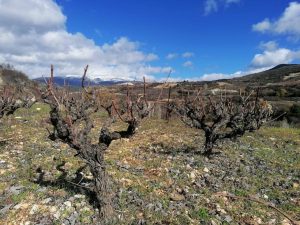
An established pruned vineyard
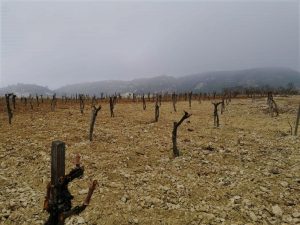
A young pruned vineyard
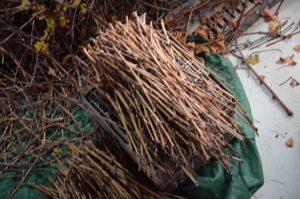
Preparing cuttings for a new vineyard




